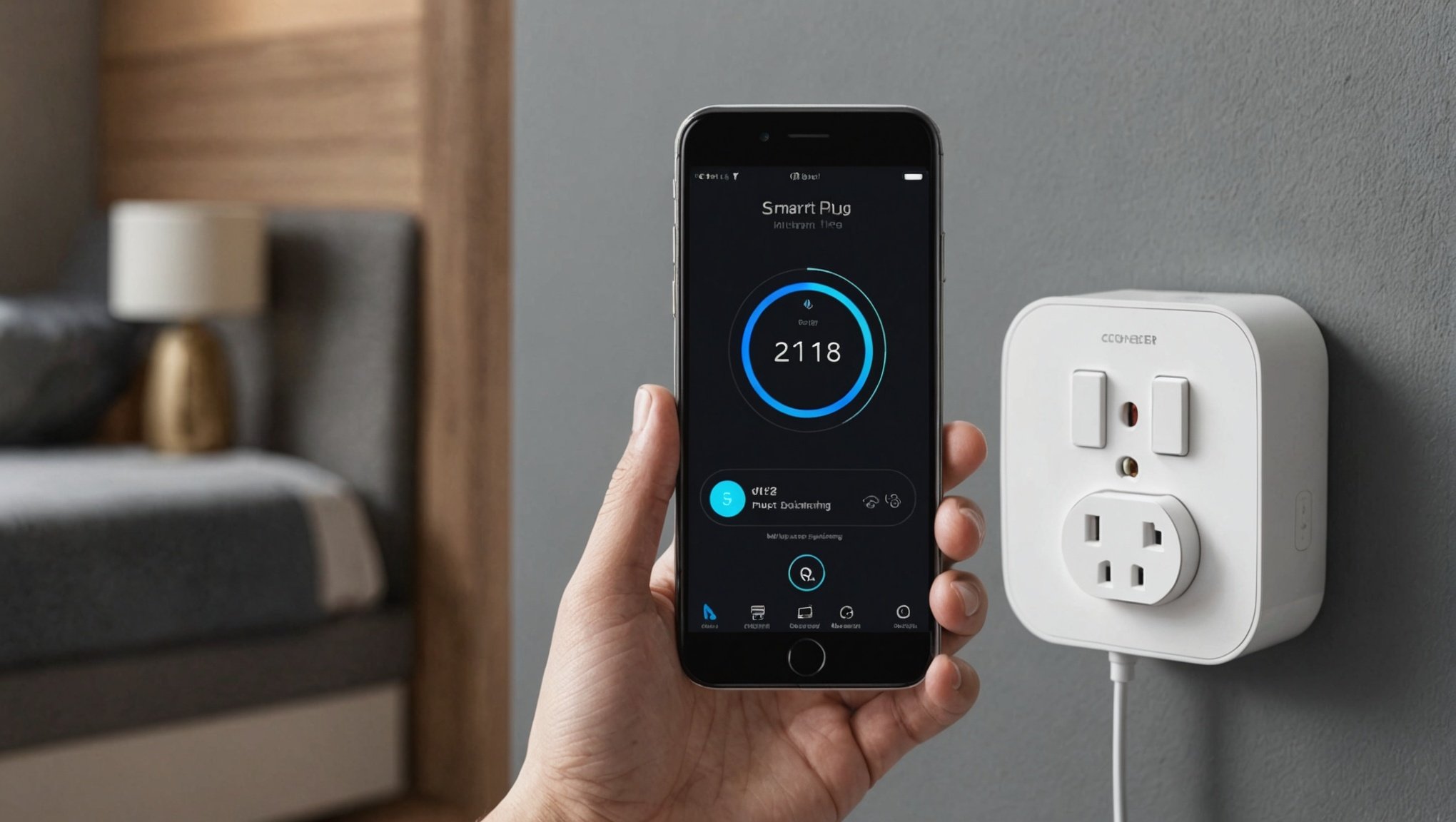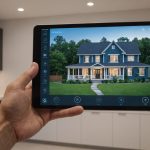Smart plugs simplify your life, enabling you to control devices with just a tap on your smartphone. Yet, setting them up can feel daunting. This guide walks you through the process step-by-step, ensuring you harness the full potential of your smart plug with ease. Transform your everyday devices into smart solutions and enjoy the convenience of modern technology—all at your fingertips. Follow these straightforward instructions to unlock a smarter home today!
Unboxing and Preparing Your Smart Plug
When you first receive your smart plug, the excitement of unboxing is palpable. Inside the package, you'll typically find the smart plug device itself, a user manual, and sometimes, a warranty card. It's crucial to start with an initial inspection to ensure everything is intact. Check for any visible damage to the smart plug or missing components. If anything seems amiss, contacting the supplier immediately is advisable.
Also read : Top Strategies for Effortlessly Managing Multiple Email Accounts on Your Tablet
Before diving into the smart plug setup, prioritise safety. Ensure that the power outlet you plan to use is in good condition and can support the plug's voltage requirements. It's also wise to keep the device away from water sources to prevent any electrical hazards.
To prepare your smart plug for setup, begin by familiarising yourself with the user manual. It often contains step-by-step instructions tailored to your specific model. Most smart plugs require a stable Wi-Fi connection, so ensure your network is ready. Plug the device into the chosen outlet, and follow the manufacturer's instructions to connect it to your home network.
Also read : Mastering Your Daily Reflections: A Step-by-Step Guide to Crafting a Digital Journal on Your Tablet
By following these steps, you'll ensure a smooth and safe unboxing smart plug experience, setting the stage for seamless integration into your smart home ecosystem.
Installing the Smart Plug App
Once your smart plug is physically set up, the next step is to install the smart plug app. Different brands often have their own recommended apps, such as TP-Link Kasa, Amazon Alexa, or Google Home. The choice of app can affect the ease of use and integration with other smart devices in your home.
Step-by-Step App Installation Guide
-
Download the App: Start by downloading the app recommended for your smart plug from the App Store or Google Play.
-
Create an Account: Open the app and create an account if you don't already have one. This often involves entering your email and setting a password.
-
Grant Permissions: The app may request permissions to access your location, Wi-Fi, and Bluetooth. These permissions are typically necessary for the app to function correctly and to connect to the smart plug.
- Connect Your Device: Follow the on-screen instructions to connect the smart plug to your Wi-Fi network. This usually involves selecting your network and entering the password.
By carefully following these steps, you ensure the app is installed correctly, allowing you to control your smart plug seamlessly. This setup not only enhances your smart home experience but also provides convenience at your fingertips.
Connecting Your Smart Plug to Wi-Fi
A stable Wi-Fi connection is crucial for the effective operation of your smart plug. Without it, the device cannot communicate with your home network or other smart devices. Ensuring a reliable connection will enhance the functionality and responsiveness of your smart plug.
Step-by-Step Wi-Fi Setup Guide
-
Ensure Network Stability: Before starting, verify that your Wi-Fi network is stable and the signal strength is strong in the area where the smart plug is installed. This prevents connectivity issues during setup.
-
Initiate Connection: Open the smart plug app on your smartphone. Navigate to the device setup section and select Wi-Fi setup. The app will guide you through the connection process.
-
Select Your Network: Choose your home Wi-Fi network from the list of available networks. Enter the Wi-Fi password to establish a connection.
- Confirm Connection: Once the smart plug connects, the app will notify you of a successful connection.
Troubleshooting Common Wi-Fi Issues
- Weak Signal: If the connection fails, try moving the plug closer to the router.
- Incorrect Password: Double-check the Wi-Fi password for accuracy.
- App Errors: Restart the app or your smartphone to resolve any glitches.
By following these steps, you ensure a seamless smart plug Wi-Fi connection.
Configuring Smart Plug Settings
Once your smart plug is connected, it's time to explore the smart plug settings to maximise its potential. Navigating the app interface is straightforward, allowing you to access a range of smart features designed to enhance your experience.
Navigating the App Interface
Upon opening the app, you'll find a dashboard displaying all connected devices. This interface is intuitive, making it easy to locate your smart plug. Each device icon provides access to specific settings, allowing you to manage and monitor performance efficiently.
Customizing Settings for Optimal Performance
Customisation is key to leveraging your smart plug's capabilities. Within the settings menu, you can adjust power usage thresholds, set up notifications for unusual activity, and even enable energy-saving modes. Tailoring these options ensures your smart plug operates efficiently, aligning with your household needs.
Scheduling and Timer Features
One of the standout smart features is the ability to schedule operations. You can set your plug to turn devices on or off at specific times, enhancing convenience and energy efficiency. The timer feature allows for precise control, perfect for managing appliances like lights or heaters. By utilising these tools, you can automate routines, ensuring your smart home operates seamlessly and effectively.
Integrating with Smart Home Devices
Integrating your smart plug with other smart home devices can significantly enhance your home's automation and efficiency. Compatibility is key, and most smart plugs are designed to work seamlessly within popular smart home ecosystems like Amazon Alexa, Google Home, and Apple HomeKit. These platforms allow you to control your smart plug alongside other connected devices, creating a unified smart home experience.
Overview of Compatible Smart Home Ecosystems
Your smart plug is likely compatible with a range of ecosystems, allowing for versatile smart home integration. Check your smart plug's specifications to confirm which platforms it supports. Integration often involves linking your smart plug app with the ecosystem's central app, such as the Alexa or Google Home app.
Step-by-Step Guide to Integrate with Other Devices
- Open the Ecosystem App: Launch the app corresponding to your smart home platform.
- Add Device: Navigate to the 'Add Device' section and select 'Smart Plug'.
- Follow Instructions: The app will guide you through the integration process, ensuring your smart plug is recognized and controlled within the ecosystem.
Tips for Maximizing Smart Home Efficiency
- Group Devices: Create device groups for simultaneous control.
- Automate Routines: Set up automation rules for daily tasks.
- Voice Commands: Utilize voice assistants for hands-free operation.
By integrating your smart plug with compatible devices, you can streamline your smart home setup, enhancing both convenience and efficiency.
Troubleshooting Common Issues
Encountering issues with your smart plug can be frustrating, but understanding smart plug troubleshooting can help resolve them efficiently. Start by identifying connectivity problems. If your smart plug isn't responding, check your Wi-Fi connection. Ensure the signal is strong and consistent. Move the plug closer to the router if necessary. If connectivity persists, restart your router and smart plug.
Common problems often arise from the app. If the app crashes or fails to detect the plug, try updating it to the latest version. Clear the app cache or reinstall it if issues persist. Sometimes, the app may require additional permissions, so ensure all necessary permissions are granted.
If these steps don't resolve the issue, it might be time to seek professional assistance. Persistent problems like electrical malfunctions or hardware defects should be addressed by contacting the manufacturer's support. They can provide specific guidance or arrange for a replacement if needed.
Remember, regular smart plug troubleshooting can prevent minor issues from escalating. By addressing common problems promptly, you ensure your smart plug remains a reliable component of your smart home ecosystem.











